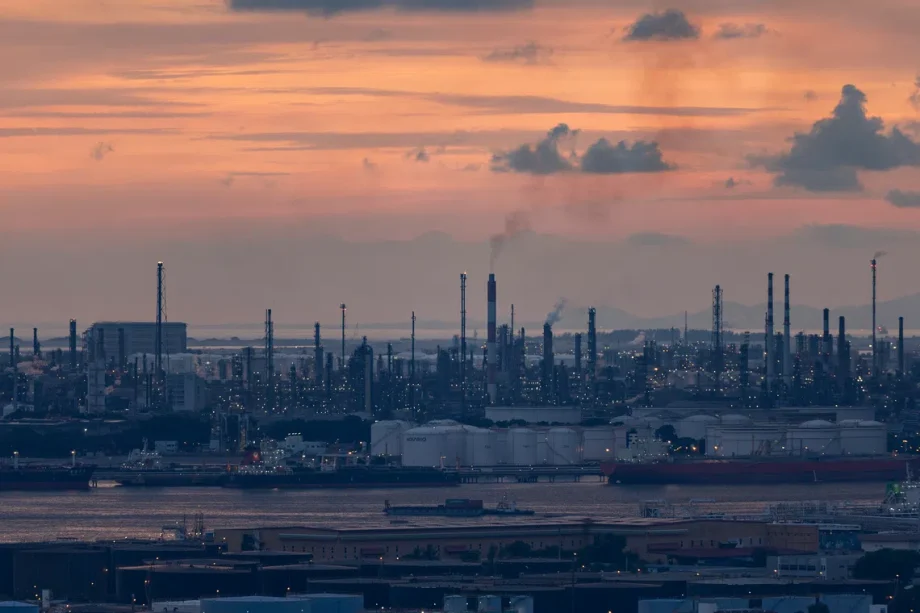SINGAPORE – With the world gathering in Brazil from Nov 10 to face a reckoning on whether national pledges have translated into action, Singapore is banking on carbon markets as a key area of collaboration at the 30th edition of United Nations climate talks, COP30.
The carbon market allows parties to buy carbon credits from projects elsewhere in order to meet their emissions targets set under the Paris Agreement, which aims to limit global warming to 1.5 deg C above pre-industrial levels.
This means that countries need not rely solely on domestic efforts to cut emissions. For a country like Singapore, this is an especially powerful tool to help it move on climate change, due to
its lack of low-carbon energy alternatives
.
In an interview with local media ahead of the conference, Minister for Sustainability and the Environment Grace Fu had said that
establishing such collaborations will be a key focus for her
at the conference.
The Straits Times looks at how COP30 will further shape the emerging carbon market, and what this means for Singapore and South-east Asia.
The framework that enabled the global trade in carbon credits was
finalised at COP26 in 2021
, following years of talks.
Under it, countries can trade carbon credits through two main mechanisms.
The first is by inking bilateral agreements between buyer and seller countries.
So far, only one formal transfer of credits has concluded, between Switzerland and Thailand. The credits were generated from a reduction in carbon emissions arising from converting pollutive combustion engines in a Bangkok bus fleet to cleaner electric vehicles.
Singapore is laying the groundwork for it to obtain carbon credits via this approach,
sealing pacts with 10 countries to date
. They are Bhutan, Chile, Ghana, Papua New Guinea, Peru, Paraguay, Rwanda, Thailand, Vietnam and Mongolia.
Of these, eight were signed over the past 10 months, leading a spokesperson for the Republic’s Ministry of Trade and Industry (MTI) to describe 2025 as a “harvest year” for Singapore.
A key element of such agreements is to ensure that the same emissions reduction effort is not double-counted, a scenario where both the buyer and host country count the same emissions reductions or removals towards their own targets.
Some of these pacts have progressed further, with application calls for carbon credit projects for Ghana and Peru issued.
The second mechanism facilitating the international transfer of carbon credits is a






